The allure of upgrading a suburban home is often driven by the desire for enhanced comfort, increased property value, or simply a more personalized living space. However, the best-laid plans can sometimes go awry, and certain home improvements, despite their initial appeal, can morph into sources of significant regret for homeowners. These regrets often stem from unforeseen maintenance burdens, escalating costs, or a realization that the upgrade doesn’t align with their long-term lifestyle or the character of their neighborhood. Learning from these cautionary tales can help suburban homeowners make wiser renovation choices.
1. Installing an In-Ground Swimming Pool
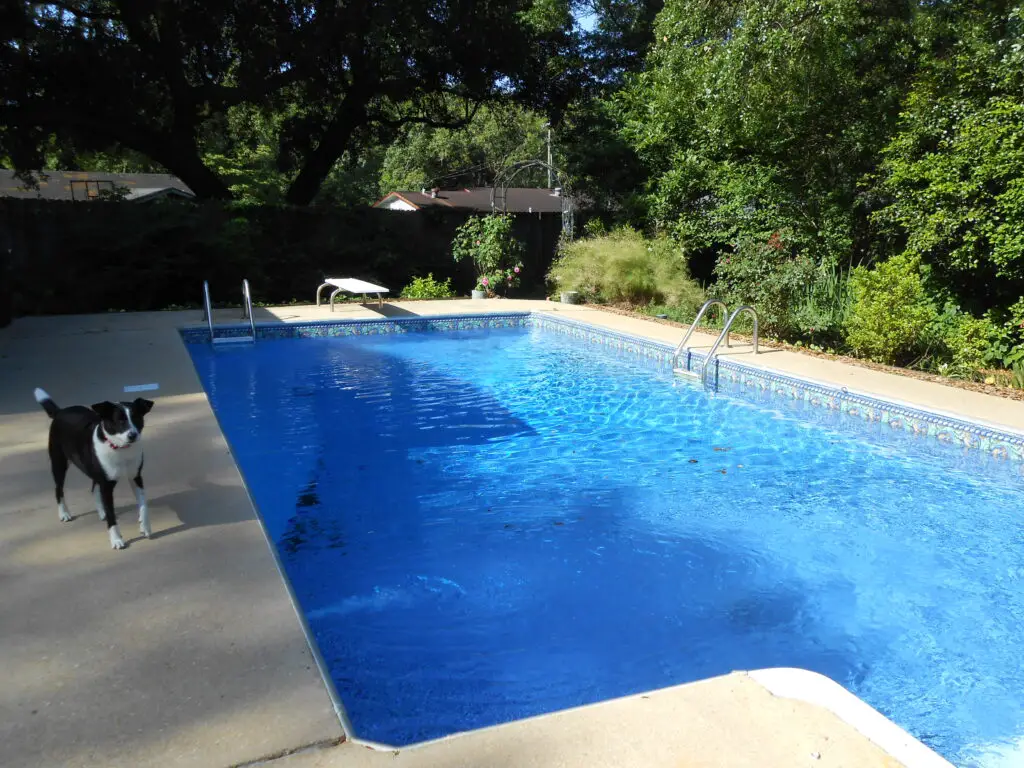
The vision of a sparkling in-ground swimming pool in the backyard often conjures images of summer fun and resort-style living. It’s an upgrade frequently associated with luxury and a quintessential element of the suburban dream for many families. Real estate market analyses often suggest a potential increase in property value with the addition of a pool in certain markets.
However, the reality of pool ownership can quickly diverge from this idyllic vision. In-ground pools come with substantial costs beyond the initial installation, including ongoing maintenance, chemicals, heating (in cooler climates), insurance premiums, and safety measures like fencing. Homeowners often underestimate the time commitment required for upkeep and the limited usable season in many parts of the country. As detailed in homeowner guides from Consumer Reports, these factors can lead to buyer’s remorse and a pool that feels more like a burden than a luxury.
2. Converting a Garage into Living Space
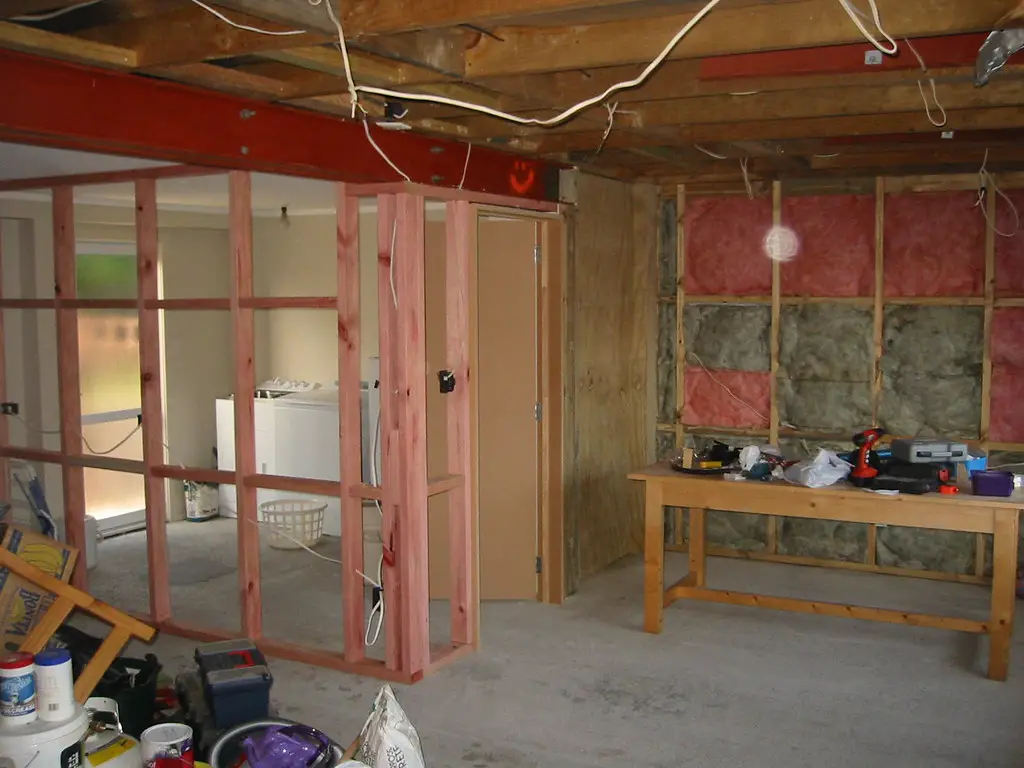
Transforming a garage into additional living space, such as a home office or a playroom, can seem like a clever way to gain square footage without a costly addition. It addresses the immediate need for more usable interior space and can appear to be a cost-effective solution. Home improvement resources like HGTV often showcase creative garage conversions.
However, this upgrade can lead to significant regrets, particularly regarding parking. Losing garage space can be inconvenient, especially in areas with inclement weather or limited street parking. Furthermore, a converted garage might lack proper insulation, heating, and cooling, leading to discomfort and increased utility bills. Reselling a home without a garage can also be a major drawback for many potential buyers.
3. Installing High-Maintenance Landscaping
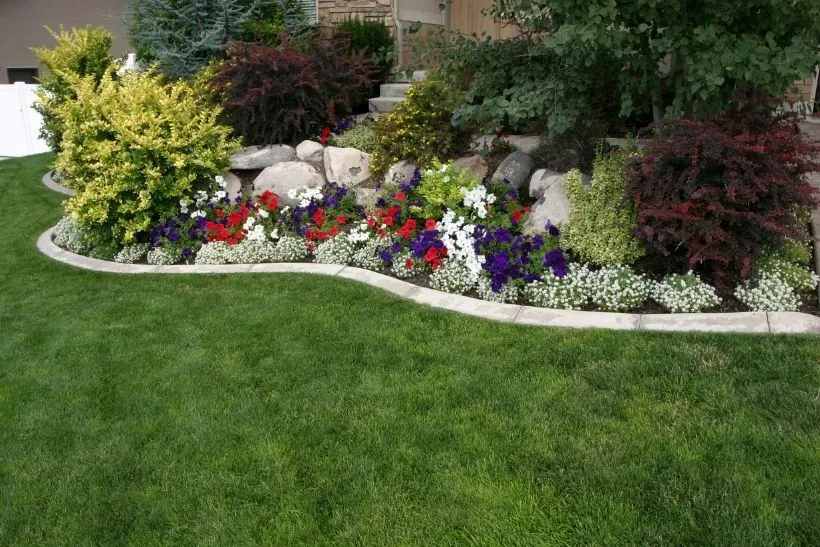
Creating a lush, elaborate garden with exotic plants and intricate water features can dramatically enhance a suburban home’s aesthetic appeal. It can transform an ordinary yard into a personal oasis and become a source of pride for homeowners with a passion for horticulture. Landscaping design websites like Houzz showcase stunning examples of such transformations.
However, high-maintenance landscaping demands significant time, effort, and expense for upkeep, including regular watering, fertilizing, pruning, and pest control. Homeowners who underestimate these ongoing requirements often find themselves overwhelmed and facing a yard that quickly becomes unruly and a source of stress. Choosing plants suited to the local climate and opting for lower-maintenance designs can prevent future regret.
4. Adding a Sunroom with Insufficient Climate Control
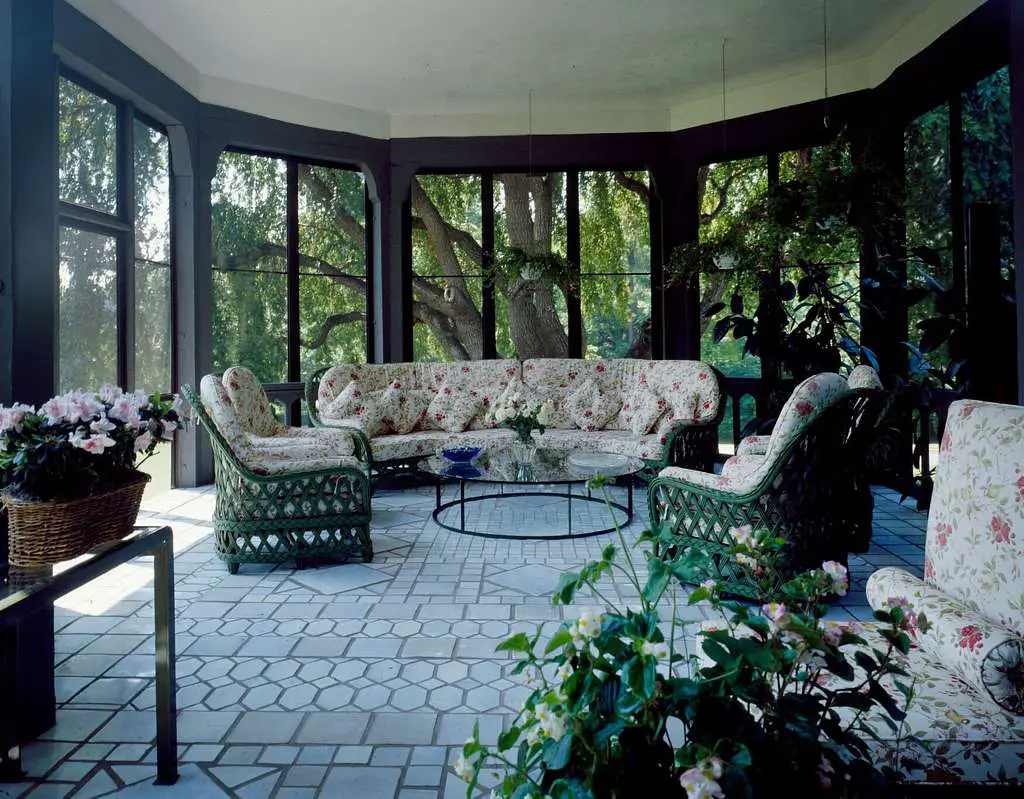
A sunroom can seem like a perfect addition, offering a bright and airy space to enjoy the outdoors while being protected from the elements. It promises a versatile area for relaxation, dining, or even a home office, bathed in natural light. Architectural design trends often feature the integration of sunrooms.
However, sunrooms with inadequate insulation or ventilation can become uncomfortable and unusable for significant portions of the year. They can be sweltering in the summer and freezing in the winter, essentially becoming wasted space. As energy efficiency guides from the U.S. Department of Energy emphasize, proper climate control is crucial for the functionality and enjoyment of any addition, including sunrooms.
5. Installing Trendy, Non-Timeless Fixtures
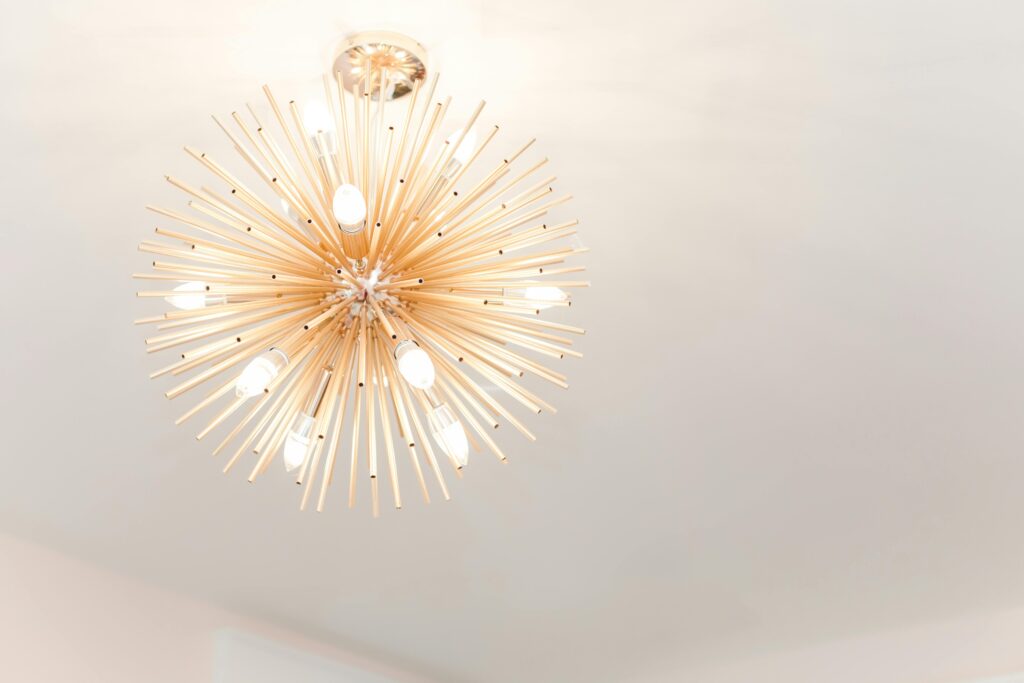
Opting for highly fashionable and of-the-moment fixtures in kitchens and bathrooms can provide a contemporary and stylish look. These bold choices can make a home feel cutting-edge and reflect current design sensibilities showcased in magazines.
However, design trends can be fleeting, and what looks stylish today might appear dated and even undesirable in a few years. Replacing these trendy fixtures can be costly and disruptive, leading to regret over not choosing more timeless and classic designs that have broader and longer-lasting appeal. Interior design experts often advise erring on the side of classic elements for permanent fixtures.
6. Over-Improving for the Neighborhood
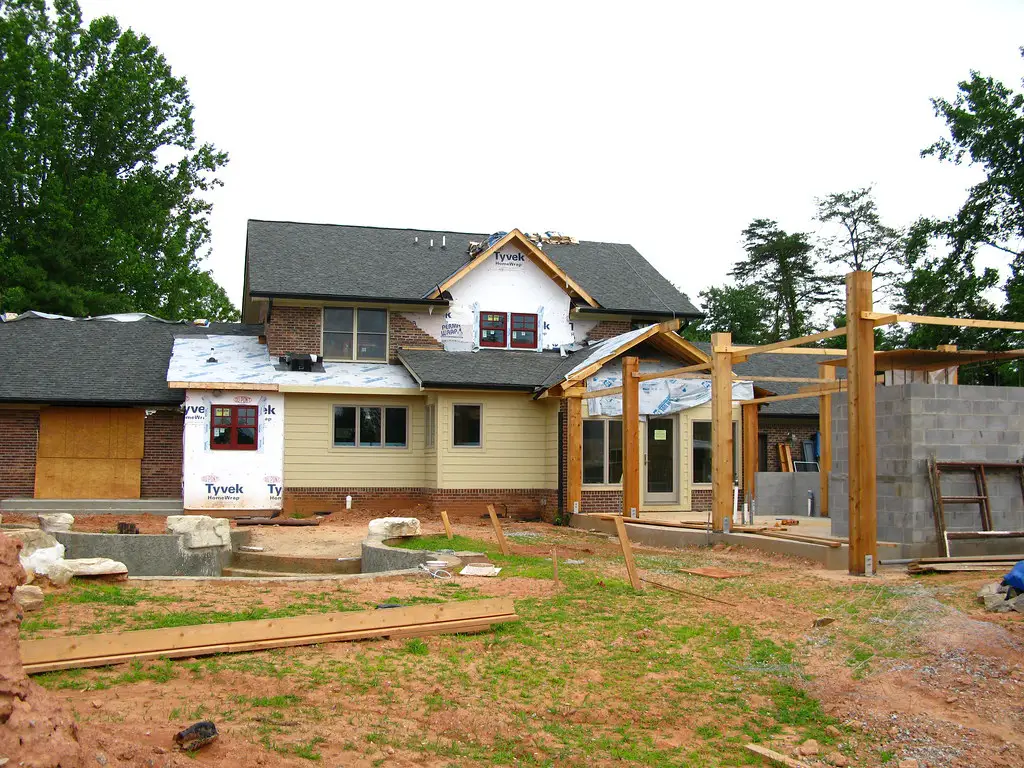
Investing heavily in high-end renovations that significantly exceed the standard of surrounding homes can seem like a way to create a truly luxurious personal space. The thought is to elevate one’s living experience regardless of the neighborhood’s overall value. Real estate investment advisors often discuss the concept of over-improving.
However, over-improving can lead to regret when it comes time to sell. The value of a home is often capped by the prices of comparable properties in the neighborhood, and homeowners may not recoup their significant investment. Potential buyers might also be hesitant to pay a premium for a house that feels out of sync with the surrounding area.
7. Installing Wall-to-Wall Carpeting (Especially Light Colors)
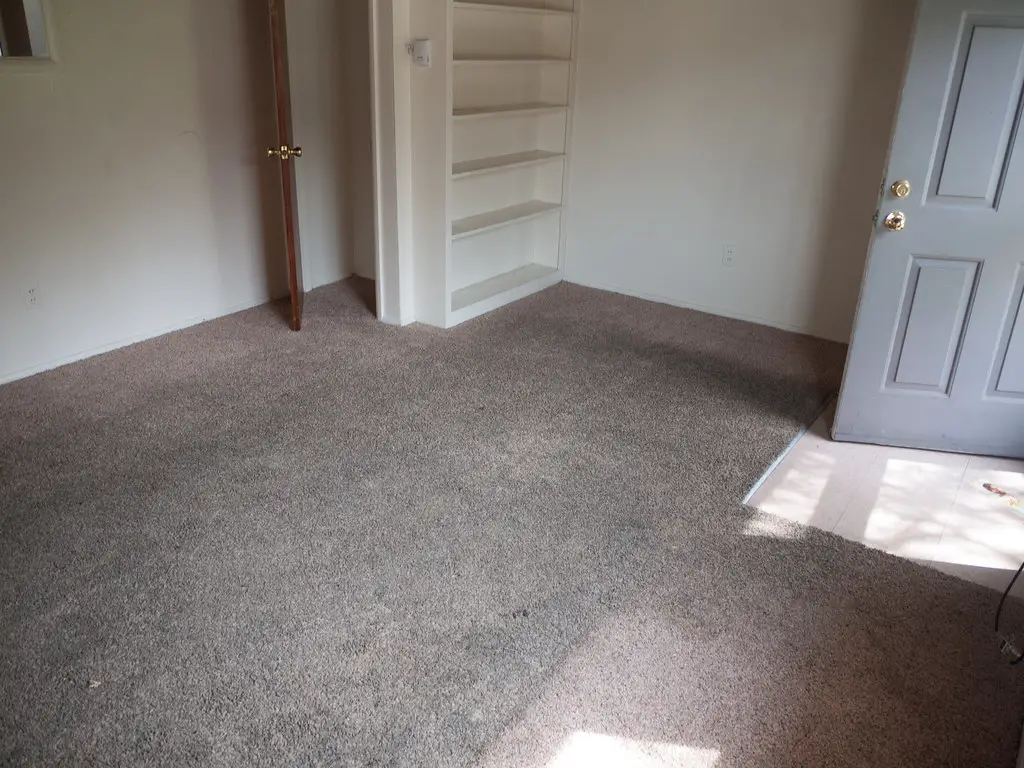
Wall-to-wall carpeting can provide a soft and cozy feel underfoot, adding warmth and sound dampening to a room. Light-colored carpets can create a bright and airy ambiance, often featured in home decor magazines.
However, carpets, especially in high-traffic areas or in light colors, are prone to staining, wear and tear, and can trap allergens. Maintaining their pristine appearance requires frequent and often professional cleaning. Many homeowners come to regret the upkeep and the eventual need for replacement, especially compared to more durable and easier-to-clean hard surface flooring options.
8. Building a Large Deck or Patio with Insufficient Shade
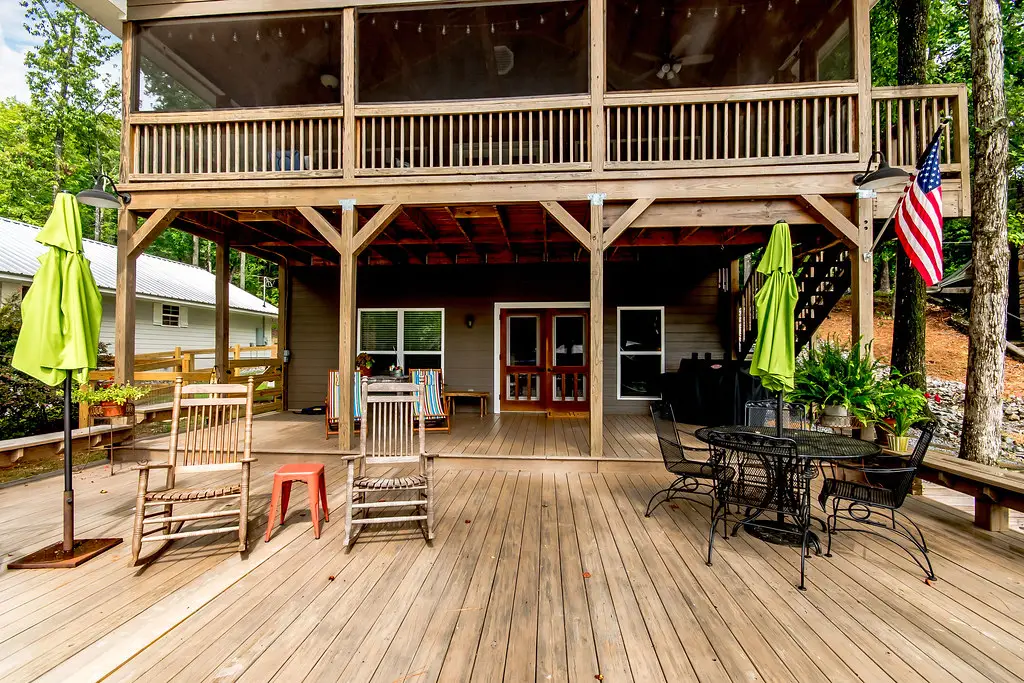
An expansive deck or patio can seem like an ideal outdoor living space, perfect for entertaining and enjoying the backyard. The vision often includes outdoor furniture, grilling areas, and ample space for gatherings.
However, a large, unshaded deck or patio can become unusable during hot summer months, limiting its appeal and functionality. The lack of protection from the sun can make the space uncomfortable and even dangerous. Homeowners often regret not incorporating sufficient shade structures like pergolas, awnings, or mature trees into their design.
9. Converting a Bedroom into a Highly Specific-Use Room
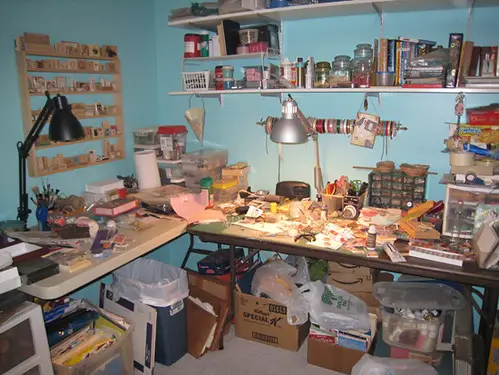
Transforming a standard bedroom into a very specialized space, such as a dedicated home theater or a single-purpose hobby room, can cater to a specific interest. It can create a personalized and immersive environment for a particular activity.
However, these highly specific conversions can limit the home’s flexibility and appeal to future buyers who might have different needs. A room that could have served as a bedroom, a highly versatile space, now has a very narrow function, potentially making the home harder to sell, as real estate staging experts often advise.
10. Installing a Hot Tub or Jacuzzi
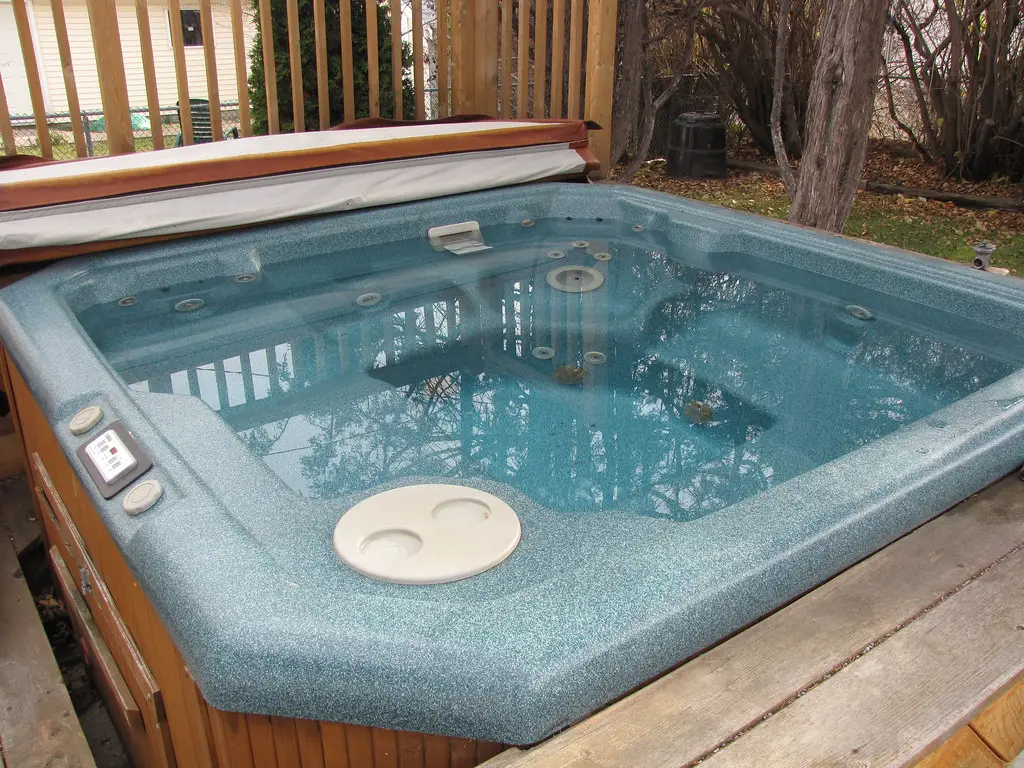
The idea of relaxing in a private hot tub or Jacuzzi can be very appealing, promising therapeutic benefits and a touch of luxury in the backyard. It’s an upgrade often associated with stress relief and leisure.
However, hot tubs and Jacuzzis require regular chemical maintenance, can have high energy consumption, and take up significant space. They also come with safety concerns, especially for families with young children. Some homeowners find the novelty wears off, leaving them with a costly and underutilized feature.
11. Painting Rooms in Very Bold, Personal Colors
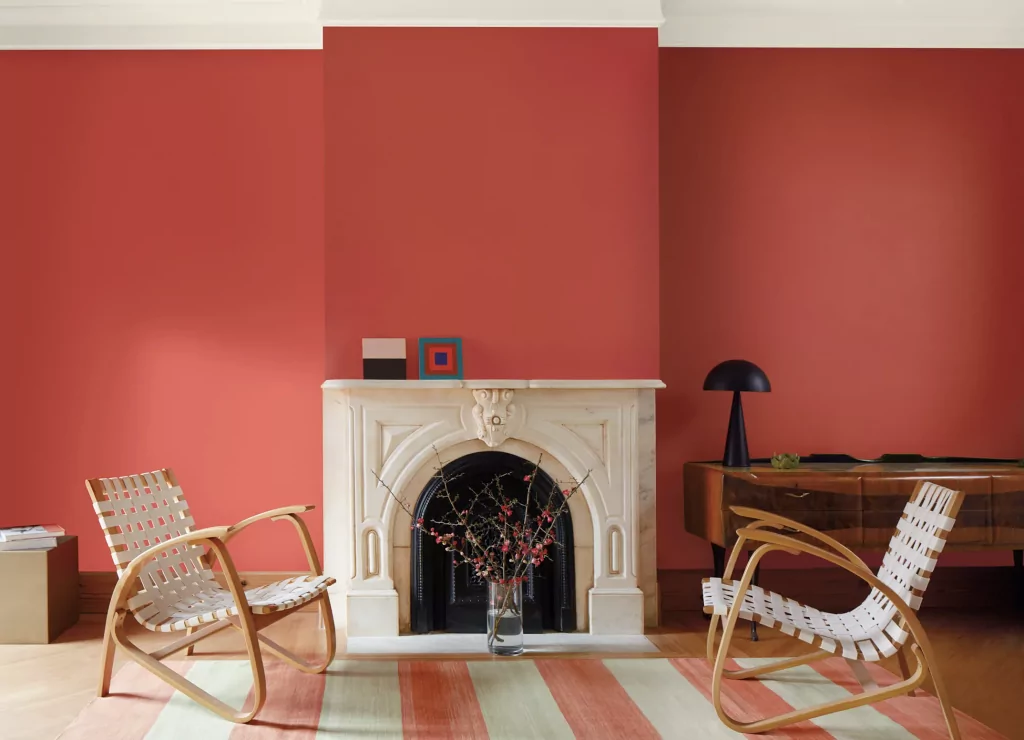
Expressing individuality through bold and vibrant paint colors can personalize a home and reflect unique tastes. It can make a space feel truly one’s own and create a strong visual impact.
However, very personal and unconventional color choices can be polarizing to potential buyers when it comes time to sell. What one homeowner loves, another might find off-putting, potentially narrowing the pool of interested buyers and even requiring repainting to appeal to a broader market. Neutral or more universally appealing colors often have wider appeal.
12. Adding Built-In Electronics That Quickly Become Outdated
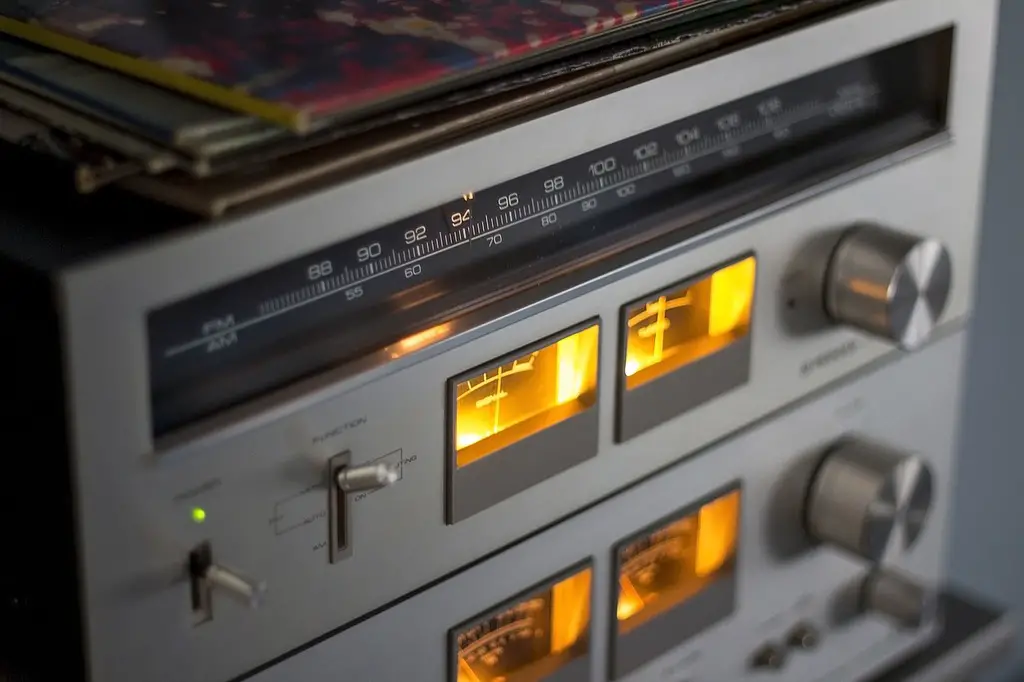
Integrating the latest home automation systems or built-in entertainment technology can seem like a forward-thinking upgrade. Features like integrated sound systems or smart home hubs promise convenience and a modern living experience.
However, technology evolves rapidly, and built-in systems can become outdated and difficult or expensive to upgrade or repair. What was cutting-edge at the time of installation might become obsolete in a few years, leading to regret over a costly and now less functional feature. Opting for more modular and easily replaceable technology is often a wiser long-term strategy.
